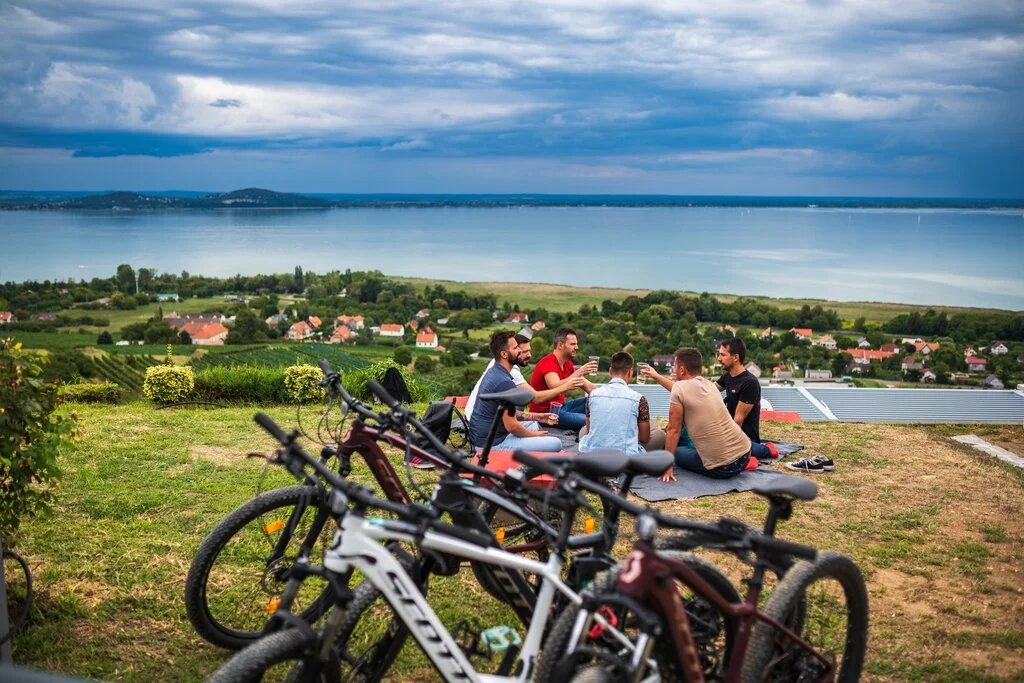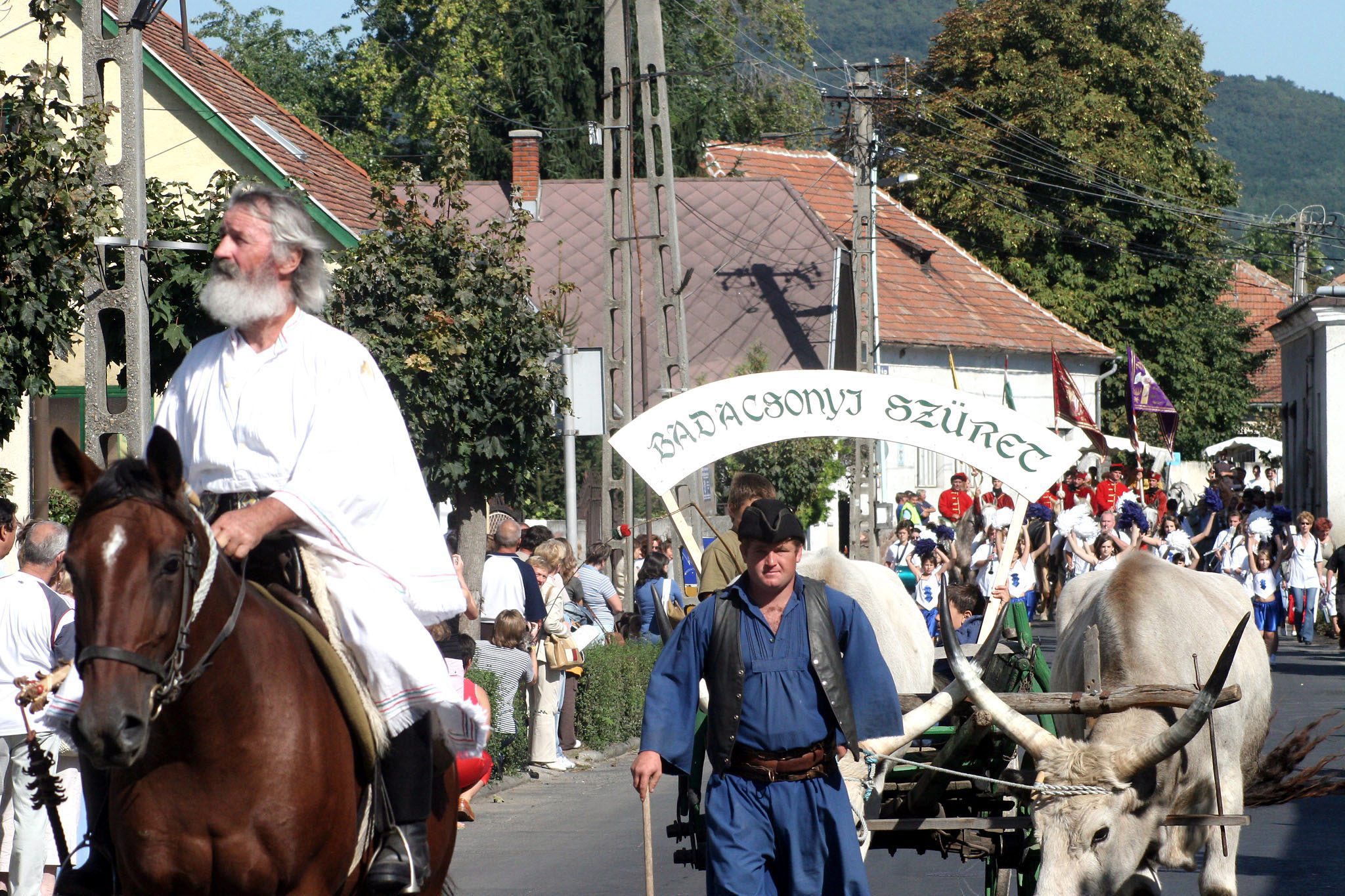Visit Lake Balaton this autumn for low prices!

It was barely two months ago that everyone was ringing alarm bells when the pre-season at Lake Balaton fell short of expectations. However, the data showed back then, that in July and August, thanks to the good weather, we would experience a boom in tourism at the “Hungarian Sea”. The interest in accommodation in September, with its pleasant late summer weather, does not seem to be slowing down. What’s more, it is much cheaper to holiday at Lake Balaton in the low season.
As turizmus.com reports, visitors to Lake Balaton can save up to 15-35% on their holiday in autumn. This is the reason why many people prefer to come to the lake in September. Especially those who are not bound to the start of school in autumn choose this period for their trips.

The typical autumn tourist at Lake Balaton: middle-aged, single, with an above-average income
At this time, one sees fewer children, young adults and students. Meanwhile, the number of older groups of friends, couples and singles who travel to Lake Balaton is prominent. Hotels are trying to take advantage of this in the coming months. In autumn, guests are more active thanks to the more favourable weather. During this time, there is also a strong influx of tourists who like hiking, sailing and cycling. Since last year, for example, a very attractive cycle path has been built connecting Budapest and Lake Balaton.
Many autumn visitors are more demanding than the average. They particularly look for high-quality gastronomic establishments that use local ingredients. Wine tourism is also on the rise. Thousands of visitors combine their excursions with visits to wineries and harvest fairs.
Without the sake of completeness, here are some of the best harvest festivals around the lake: Badacsony Harvest Festival (8-10 September), Balatonszárszó Harvest Festival (9 September) and Vörösberény Harvest Festival (9 September). There will also be a beer festival in Balatonföldvár. Between 15 and 16 September, the local “Oktoberfest” takes place there.

MTI Fotó: Nagy Lajos
How do the hotels and restaurants see the autumn season?
According to Bernadett Antal, manager of the Laroba Hotel in Alsóoers, anyone who chooses a good accommodation package can save a considerable amount of money compared to the particularly high prices in summer:
The winners in an inflationary environment will be the hotels that can offer their guests package deals that make them feel they have “saved” on expensive restaurant meals. Deals that include breakfast, lunch and dinner are now much more popular. A two-night adventure at Lake Balaton that includes such a menu can now be up to HUF 30,000 (EUR 80) cheaper than mid-August offers.
This does not mean that people with lower incomes will stay away during this period. László Varga, owner of the Supaa soup bar, reported changing consumer trends. Costumers expect better quality for higher prices.
Tourists generally do not pay attention to portion sizes as they used to, and most want to get real value for their money.
Varga believes this trend will persist in the autumn season.
The Opinio poll commissioned by Euronews at the beginning of the season gives us the whole picture. In the survey, 41% of respondents said they had no holiday plans this year. The reason they can not afford it is mainly the elderly staying at home. More than a third of the respondents spend between HUF 100,000 and 300,000 (EUR 250 -780), and only one in five can afford to spend half a million forints (EUR 1,300) or more.
The eternal truth is this: It’s not Lake Balaton that’s expensive, it’s the lack of solvent demand.
Source:





